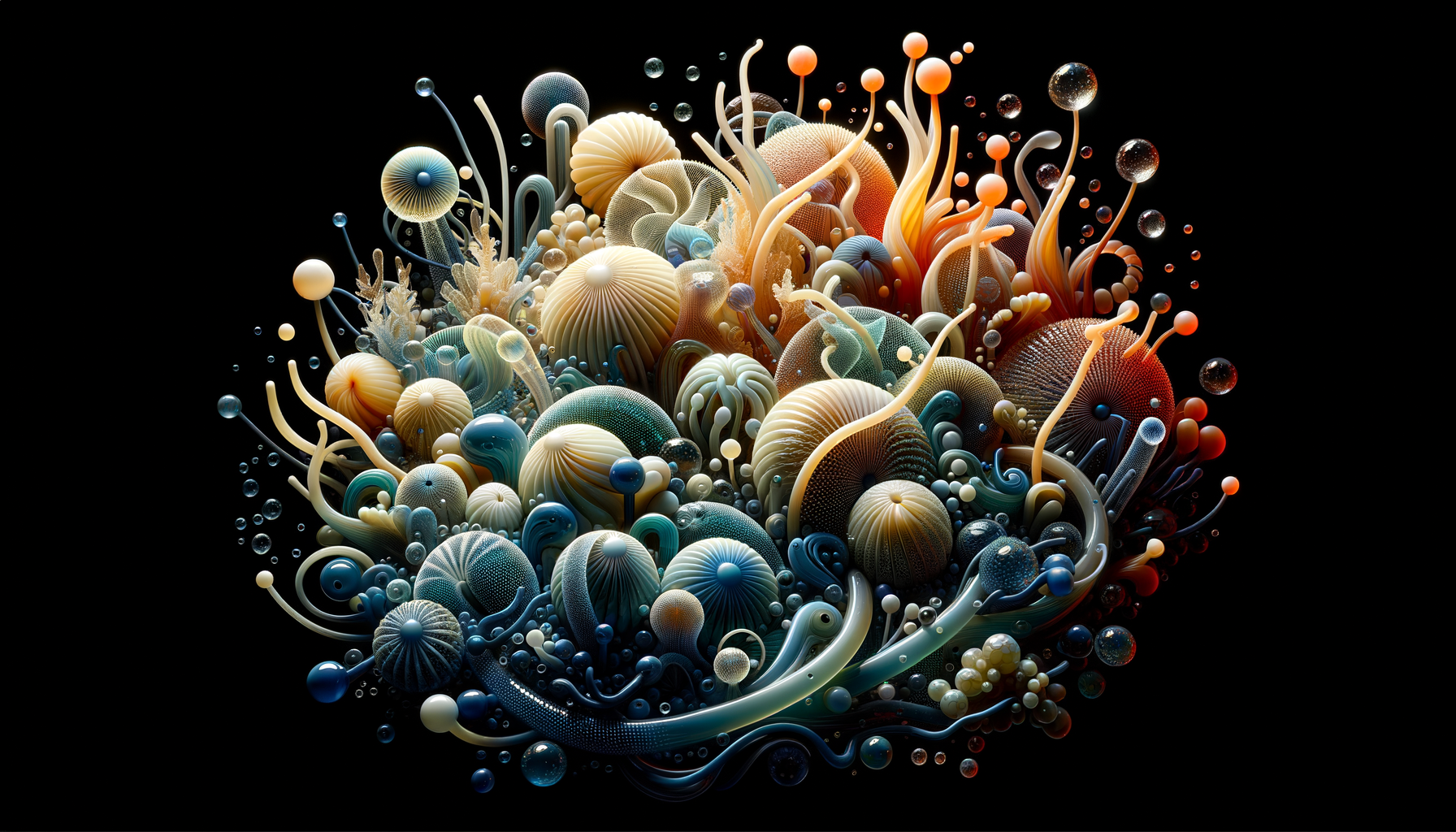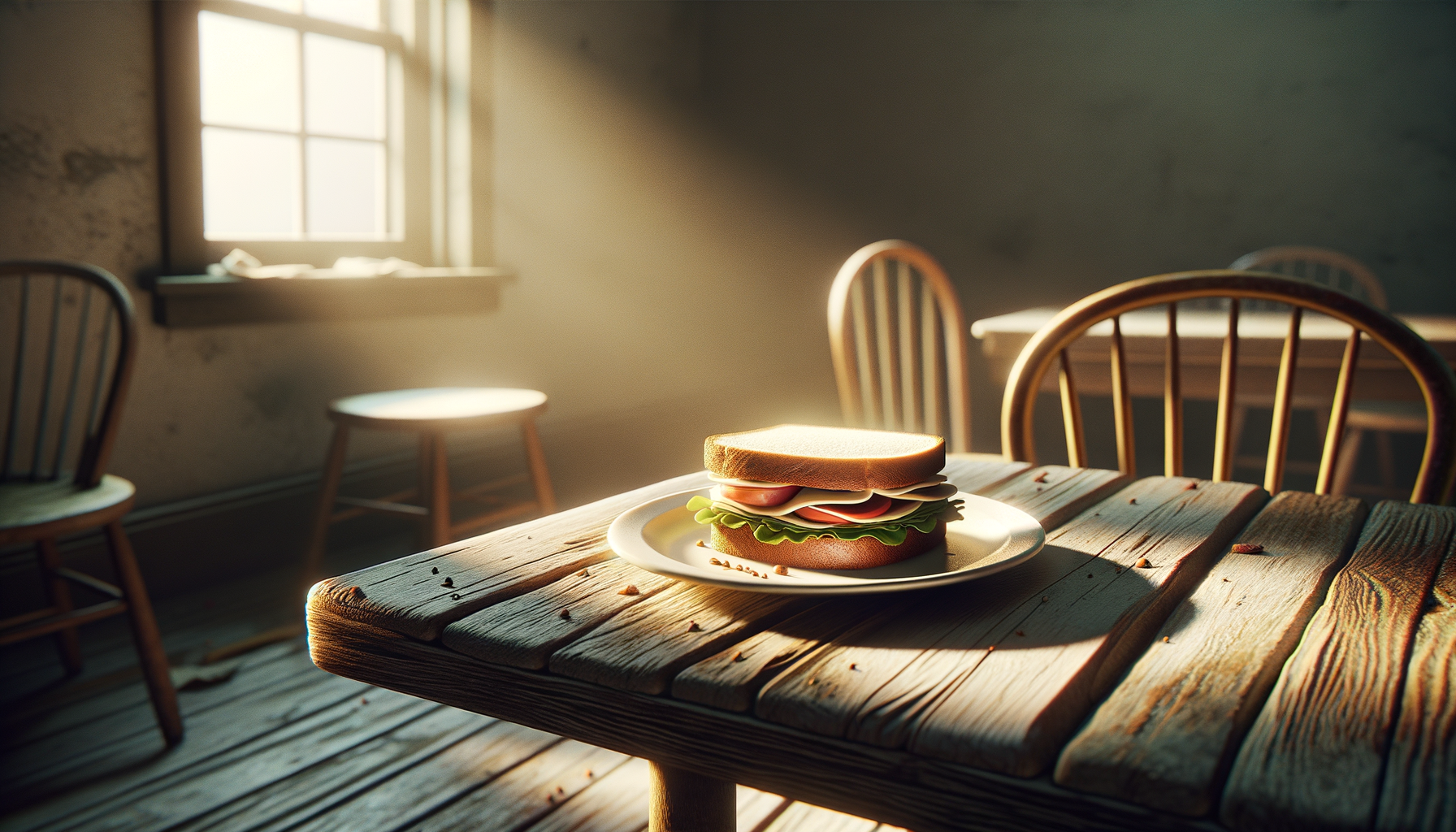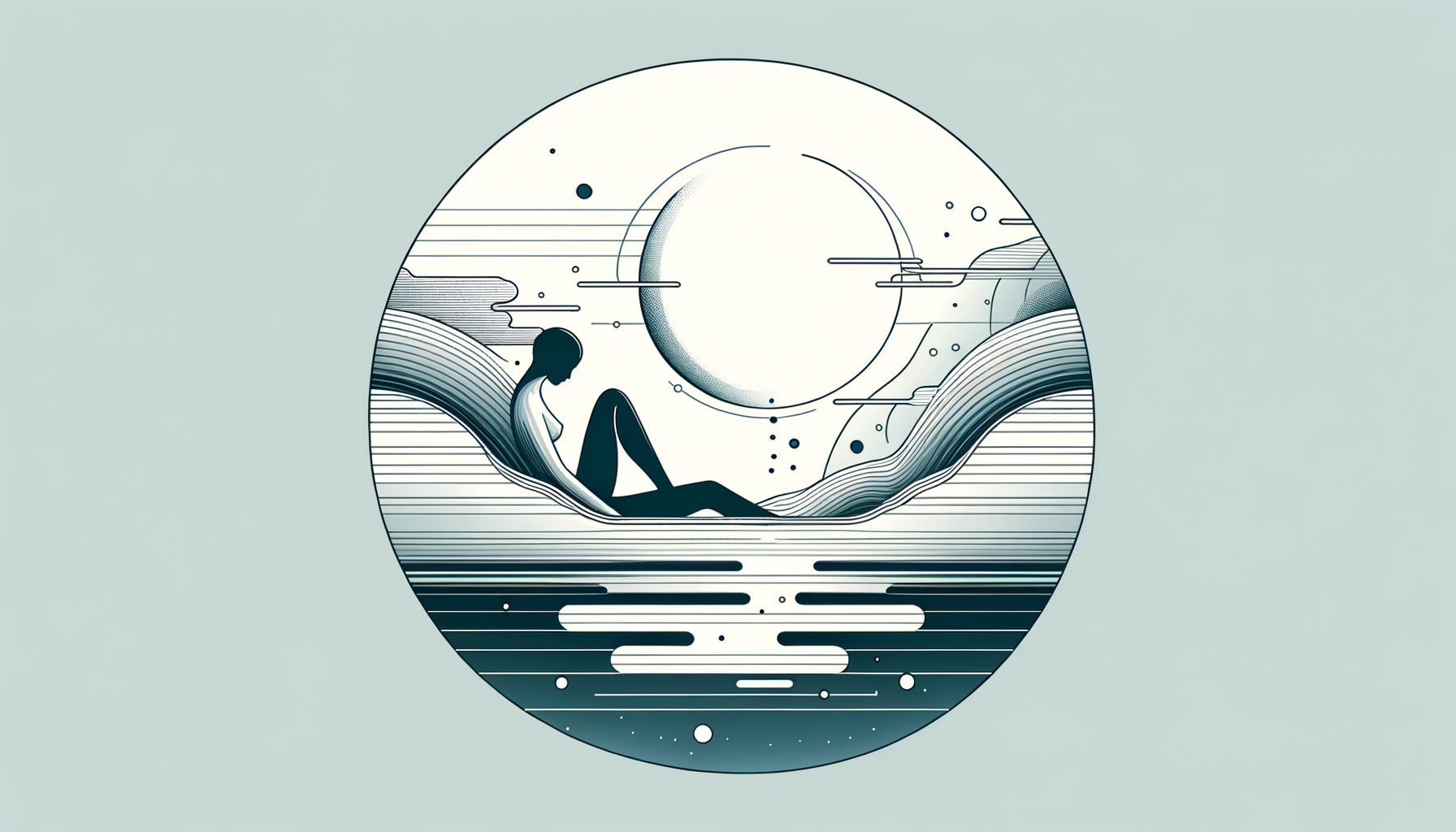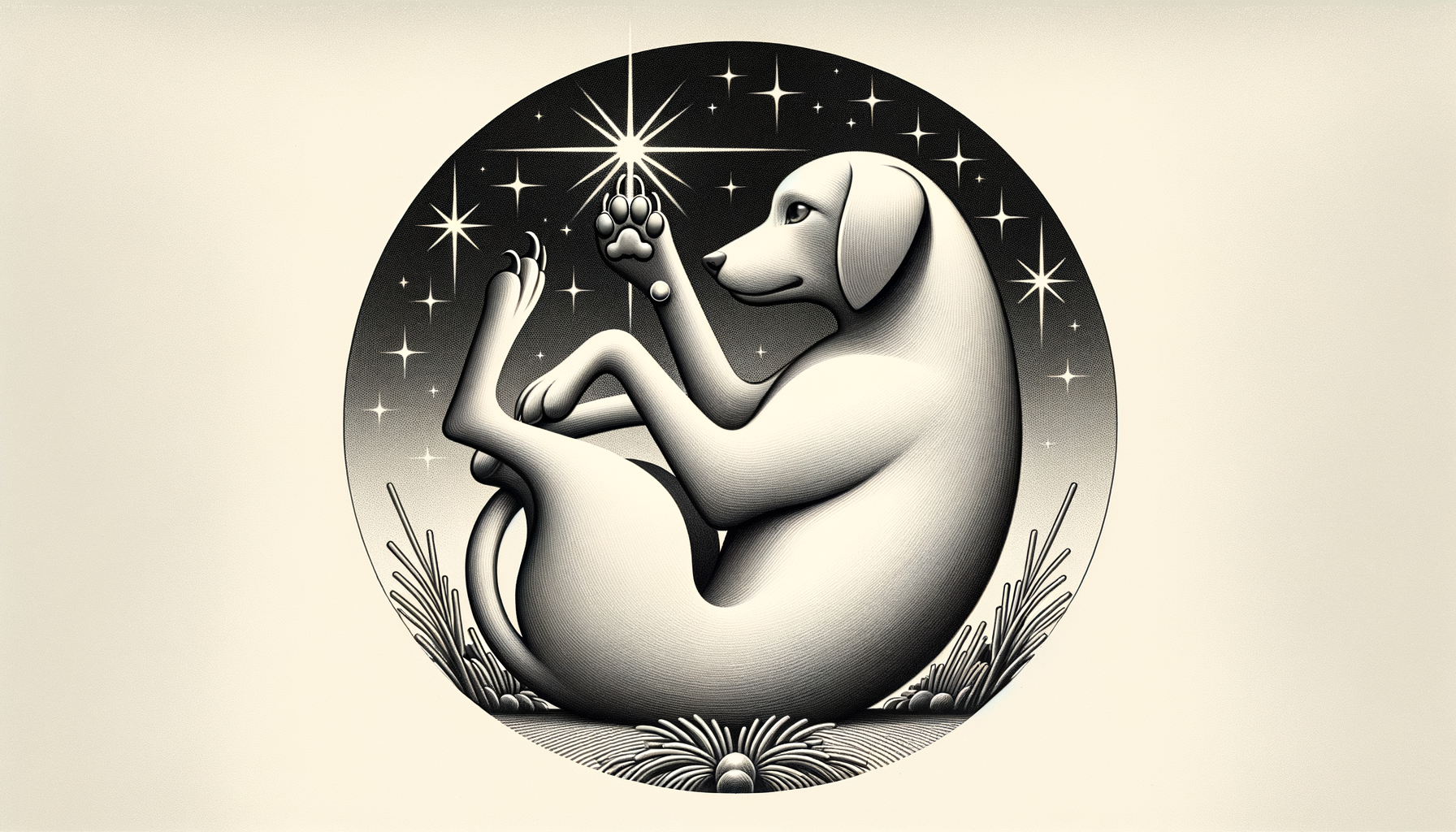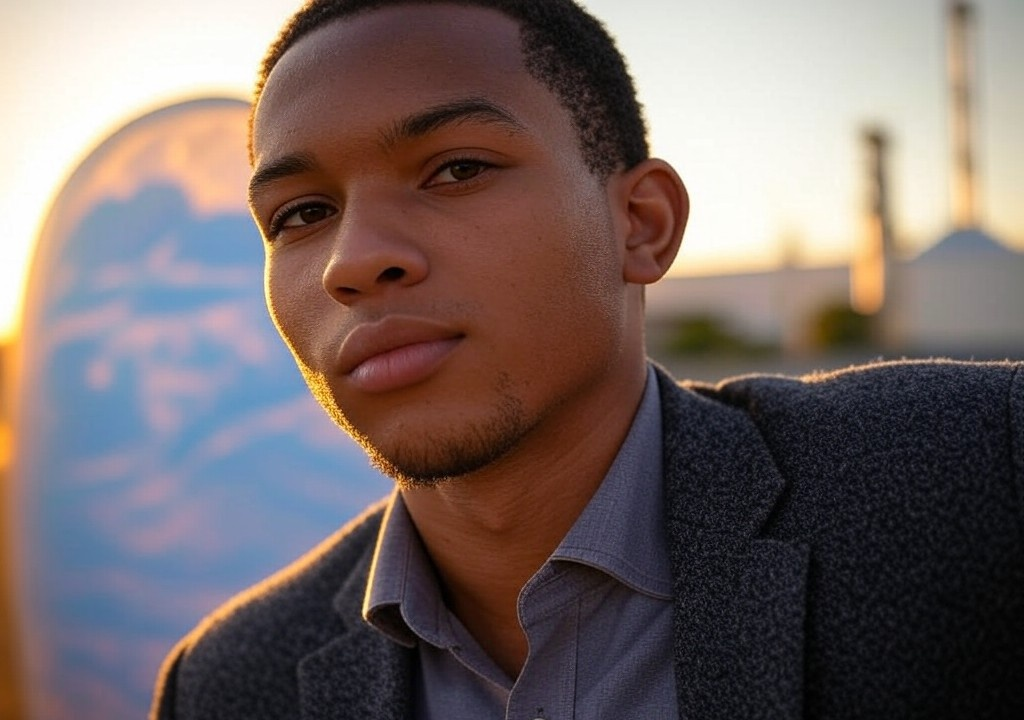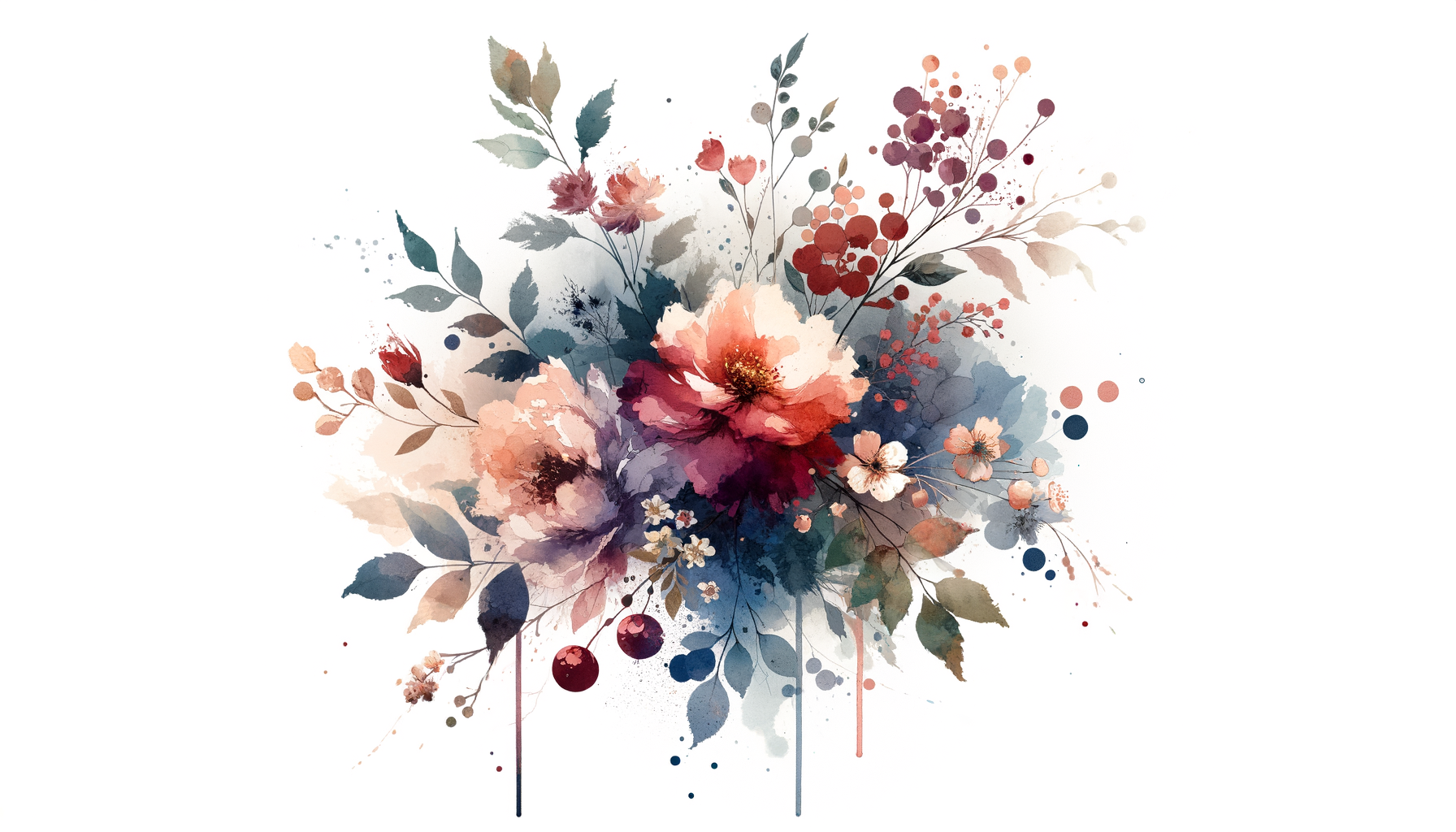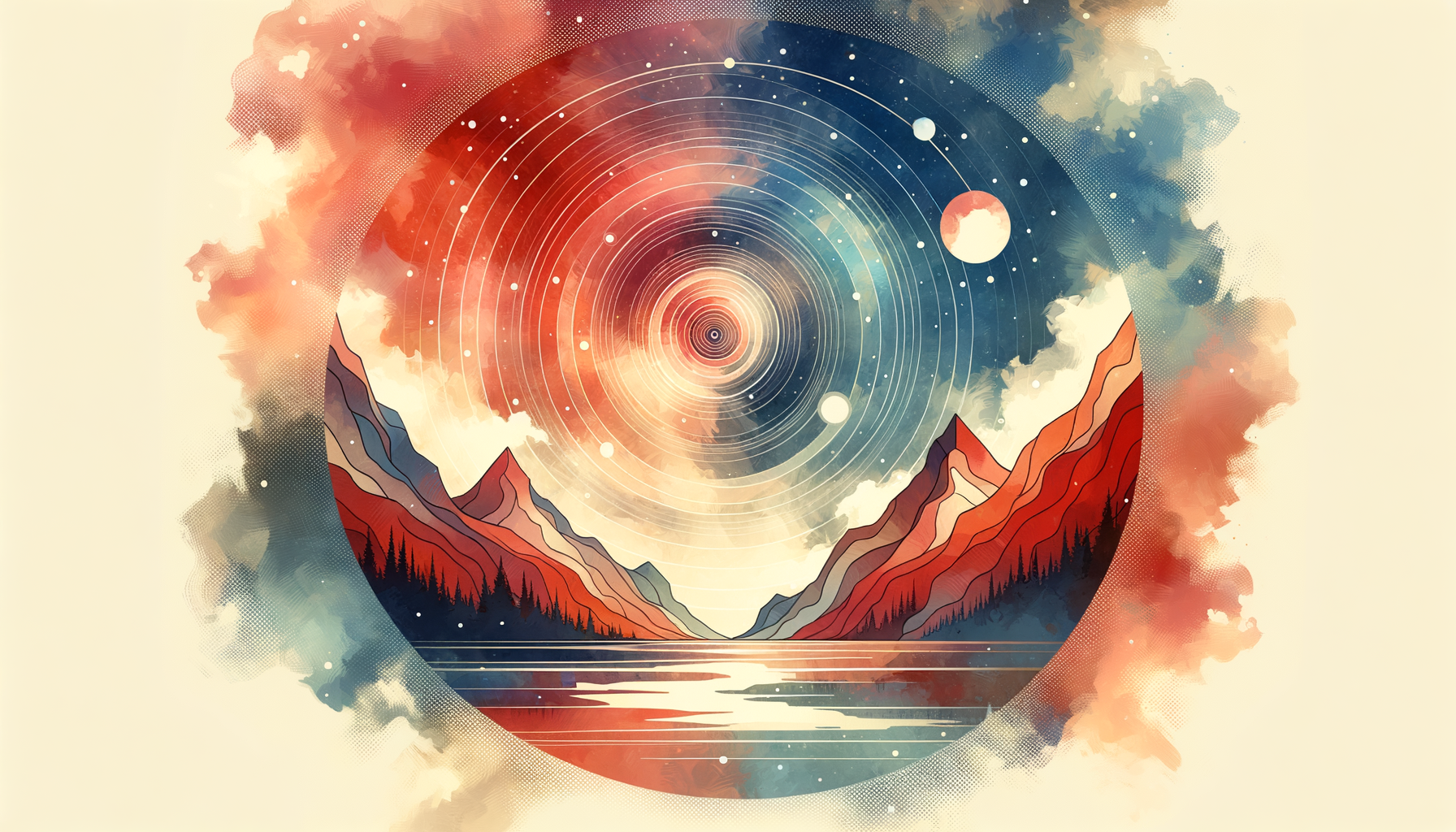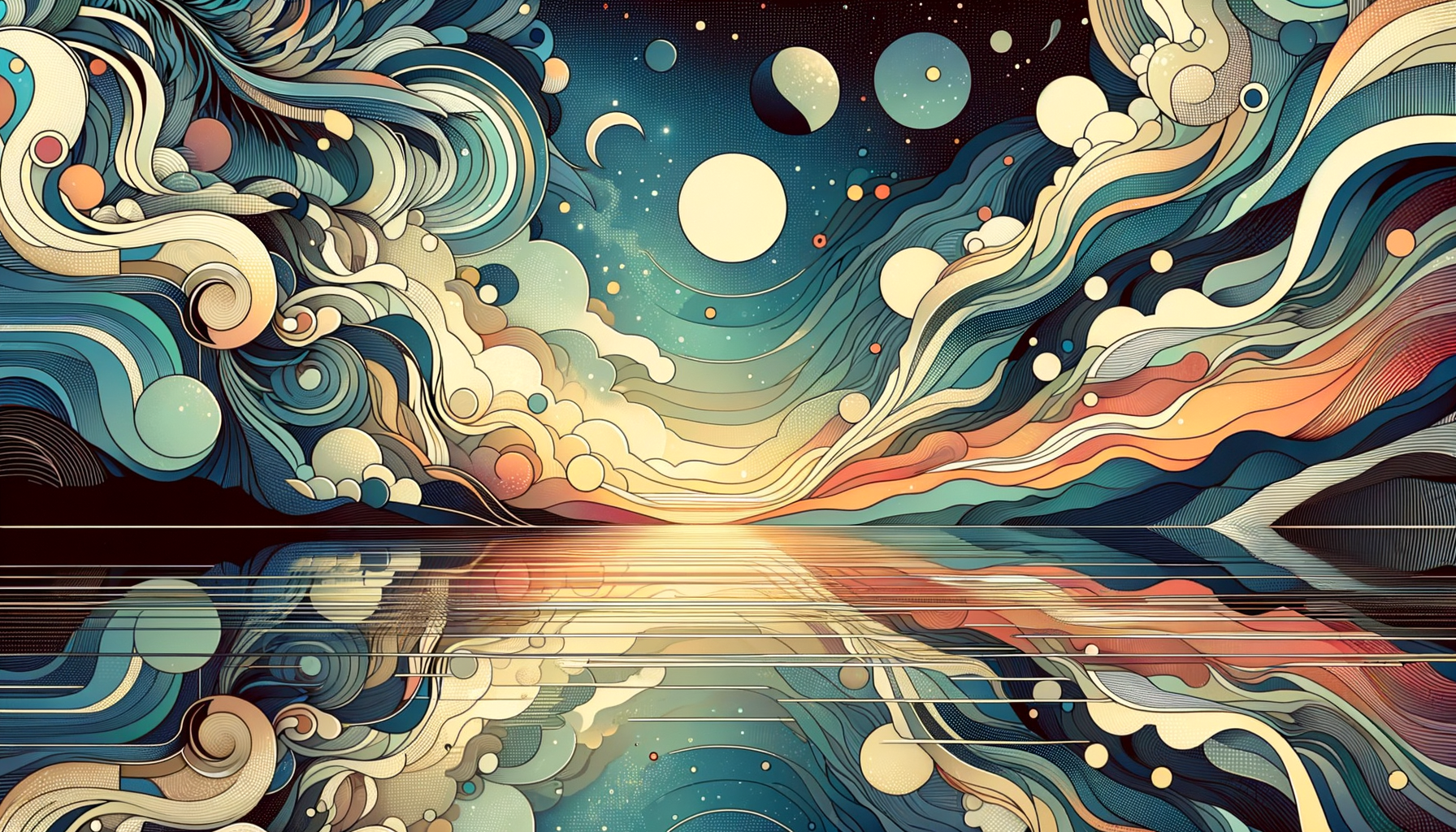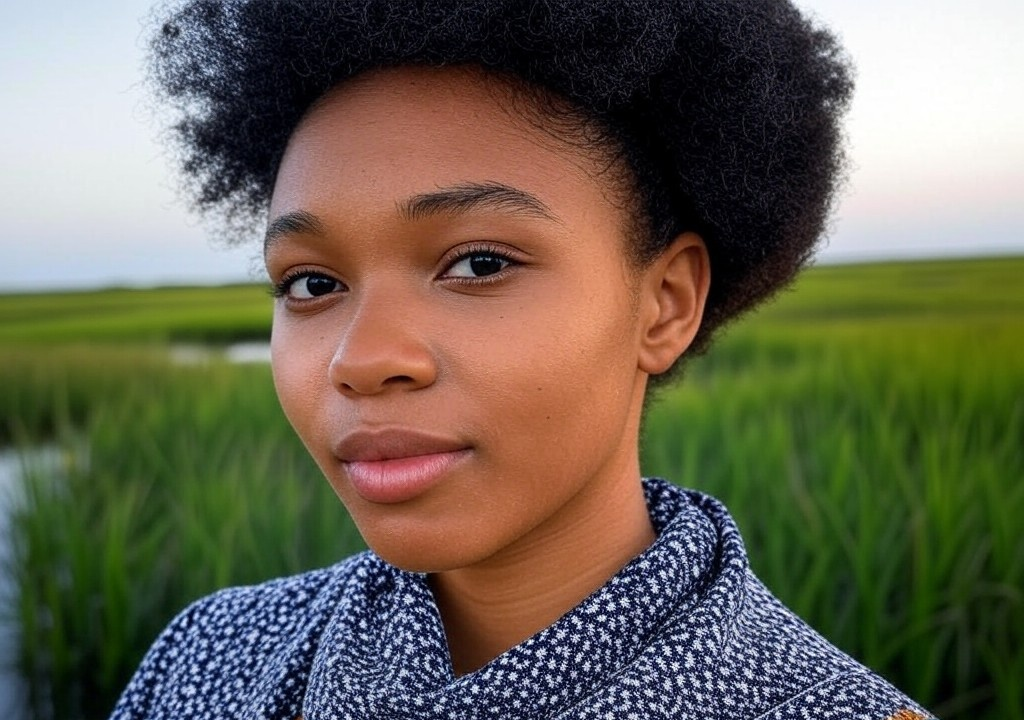The Place That Made Me
The Tidepool Rule: Life Happens Where You Look Closely
I didn’t realize La Jolla was beautiful until I left it.
That might sound ridiculous, considering La Jolla is the kind of place people slap on postcards and plot vacations around: sun-drenched cliffs streaked with wildflowers, water so clear you can watch garibaldi fish dart through the kelp beds. But when you grow up in a place like this, your eyes stop registering the sparkle after a while. It’s like getting so used to wearing your sunglasses that you forget you’ve got them on until someone asks why you’re squinting indoors.
It took moving away—spending a gray and blustery January in a shared apartment during my internship in Hawaiʻi, staring at the wrong kind of ocean—to realize how unique my childhood coastline was. La Jolla wasn’t just scenic. It taught me everything I know about connection. Including, as it turns out, love.
Stick with me here: there’s a lot to learn about relationships from a tidepool.
Know Your Ecosystem: The Power of Place in Love
Growing up, weekends followed a predictable rhythm. My mom, a marine biologist with an enthusiasm for barnacles unmatched in human history, would drag my dad and me to the beach just as the Pacific revealed its secrets at low tide. While other kids were stumbling through cartoons and sugary cereal, I was crouched over tidepools, inspecting hermit crabs like a pint-sized scientist with sandy knees.
What fascinates me about tidepools now—and what annoyed my teenage self to no end—is their complexity. These little ecosystems are deceptively chaotic, mini soap operas of survival and coexistence. Too much sun evaporates the water; too little oxygen spells doom for some, lifelines for others. You’ve got to look closely to see all the ecosystems in motion, creatures staking their claims without trampling their neighbors.
It wasn’t until I got older (and hit a fair number of snags in my dating life) that I realized the parallels. Relationships, in many ways, are like tidepools. Messy, precarious, but resilient against the odds if nurtured in the right conditions. It starts with understanding your environment—your “ecosystem,” if you will.
La Jolla taught me that where you plant yourself matters. It kind of blows my mind how often we drag old, unhealthy habits into new territory and expect them to thrive. You can’t grow coral in a sandy tidepool no matter how much sunlight it gets. In relationships, this means recognizing whether your connection belongs in the ecosystem you’re building. Are you aligning in terms of values? Energy? Even silly, small things like whether their idea of a dream weekend matches yours?
If you fight your surroundings, you’ll burn out. But if you respect them, they’ll surprise you.
The Beach Magicians: Spotting Real Value
Here’s where it gets fun—literal beachcombing, the ultimate metaphor for love (don’t worry, I’ll explain).
Back in La Jolla, beach strolls were a family activity-slash-lesson. My dad and I would scan the sand behind my mom’s tidepooling, searching for treasures: beach glass, perfect shells, or, on one insane occasion, what we thought was a gold earring (spoiler: it was an old bottle cap). “The trick is knowing what’s worth keeping,” my dad said once.
In love, as in tidepools and beaches, knowing what’s worth keeping is everything. A smooth stone can be beautiful, but it’s not rare. A seemingly unimpressive shell might turn into something spectacular with a little polish (read: effort). The magic is in paying attention.
In my early twenties, I made the classic mistake of treating relationships like shiny finds. A relationship looked exciting? I dove in. They showered me with compliments? I held on, lust-blinded to glaring warning signs. Both times it ended the same: a pile of emotional confusion and sand in my metaphorical shoe.
The takeaway: pretty finds aren’t inherently valuable—people don’t sparkle forever in neon-lit infatuation. A good relationship is like that rare piece of sea glass you stumble on after hours of searching: a little opaque, rough-edged, but shaped by time and the wisdom of turbulence. Spot it, and hang onto it.
Don’t Fear the Low Tide
Dating in your late twenties is kind of like being in the splash zone at SeaWorld. It’s bracing, periodically fun, but mostly, you’re wondering how long until you can dry off.
There were points in my dating life when being single felt like standing stranded on the coastline at low tide—raw, exposed, and bare of any confidence. Breakups felt catastrophic, like a sneaker wave that just cleaned me out, and I’d resent the people around me who seemed happily buoyant in their coupledom.
But if I learned anything from standing in slime-covered tidepools as a kid, it’s this: low tide isn’t just necessary; it’s beautiful. It exposes the inner workings of a world that's otherwise hidden, giving creatures (and you) a chance to rest, reset, and regain footing.
Ending a relationship doesn’t mean you’ve emptied out. It’s an opening. The sea fills back in its own time, richer, swelling with new possibilities.
Always Look Closely
Remember the “Hermit Crab Incident of ‘97”? No? Just me? Cool.
Picture 10-year-old Julianne on a school field trip, beaming as I scored a handsome hermit crab (let’s call him Howard) from the shallows. As I admired Howard, my teacher knelt beside me and whispered gently, “That’s...not a rock in its claw, sweetheart. That’s another crab’s eyeball.”
I was horrified. Yet, that mortifying moment taught me my third tidepool rule: always look closer. Whether it’s relationships or hermit crabs, the devil really is in the details.
Looking closer means you’ll spot red flags before they slap you in the face. Does someone always dominate conversations? How do they react to disappointment or effort? Do they actually remember what you said last week about your favorite podcast, or do they default back to that time they met Post Malone at a bar (for the seventh time)?
Believing someone is good at face value is tempting, but Howard the Eyeball Collector would like to remind us to dig deeper.
Go Where You Can Breathe
La Jolla is where my own love story quietly shifted gears. It’s where I realized the power of place—for better or worse. When I moved back after a brief stint of hopping cities, it wasn’t just the sun I came home to. It was realizing I could exhale deeply somewhere that understood me, where the people I connected with already shared some innate sense of rhythm with my own life.
I dated someone who loved the water as much as I did, who didn’t blink at my fascination with the quirky hum-and-drip symphony of beach life. We didn’t push or strain. Like the tide filling back in, it just fit. Love isn’t effortless—don’t let anyone fool you—but it shouldn’t feel like drowning either.
The easiest way to know if you’re in the right relationship? You can breathe. Trust me on this one.
Take the Tidepool Lesson with You
I don’t live directly in La Jolla anymore, though I visit often enough to claim my piece of its soul. Even now, though, I catch myself appreciating how much that stretch of coast taught me about love’s unpredictability and joy.
Love is messy. It’s barnacle-ridden. It takes effort to wade into—sometimes, it might sting or pinch or leave you wetter than expected. But the beauty is in learning where to look and what to treasure.
And if you ever find yourself feeling stranded at low tide? Just wait. The waves always come back.

